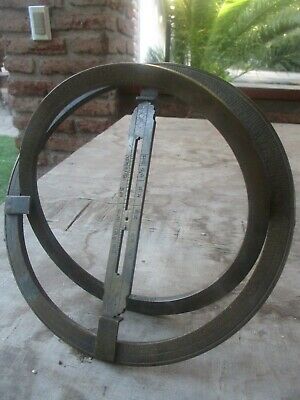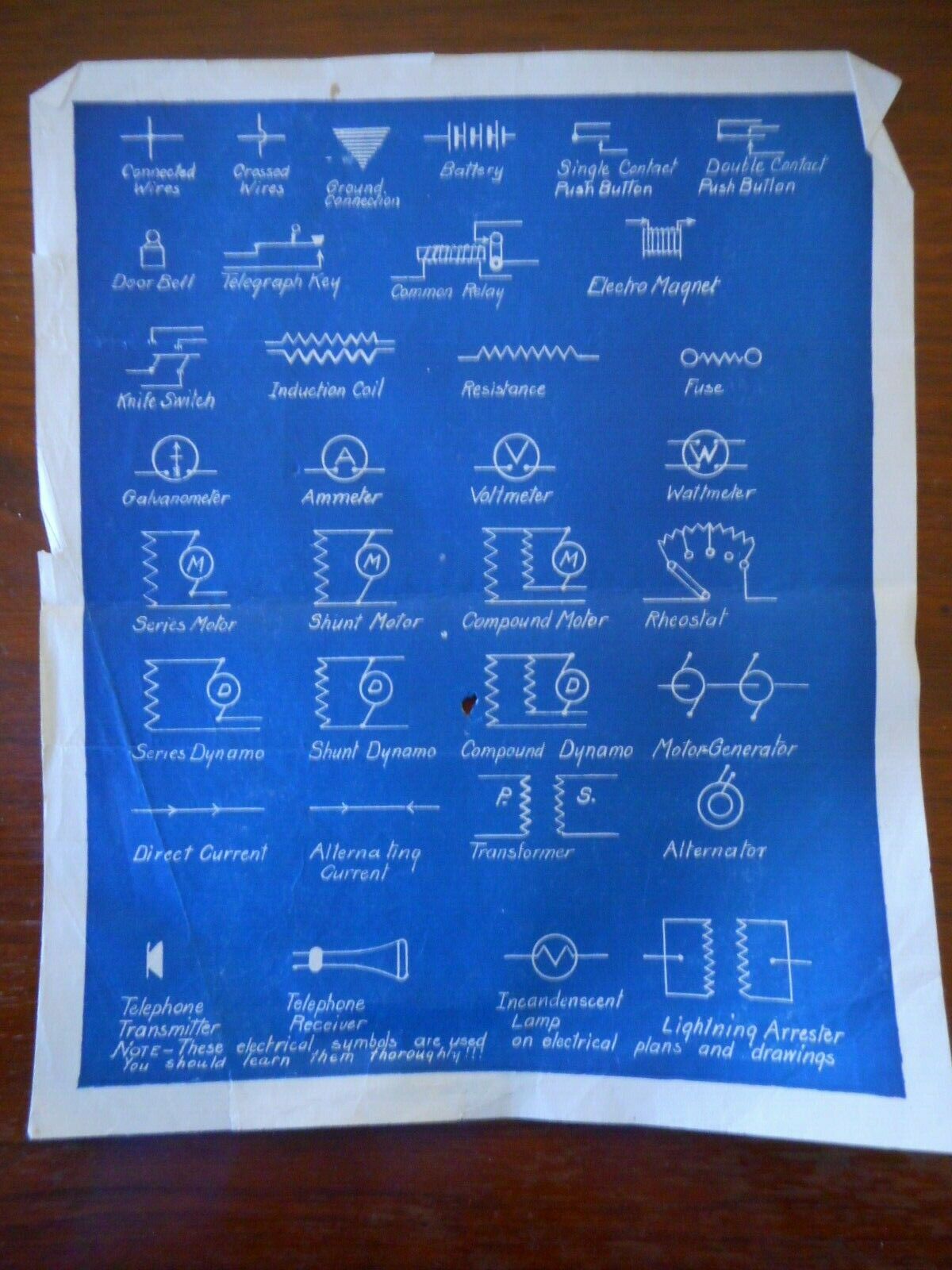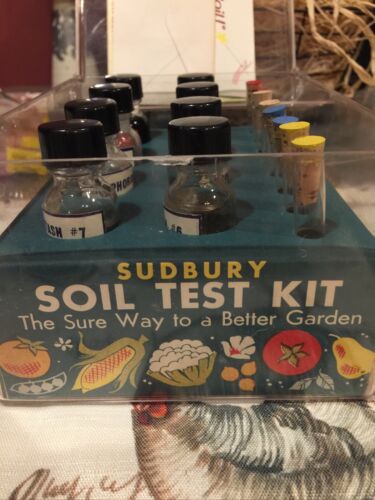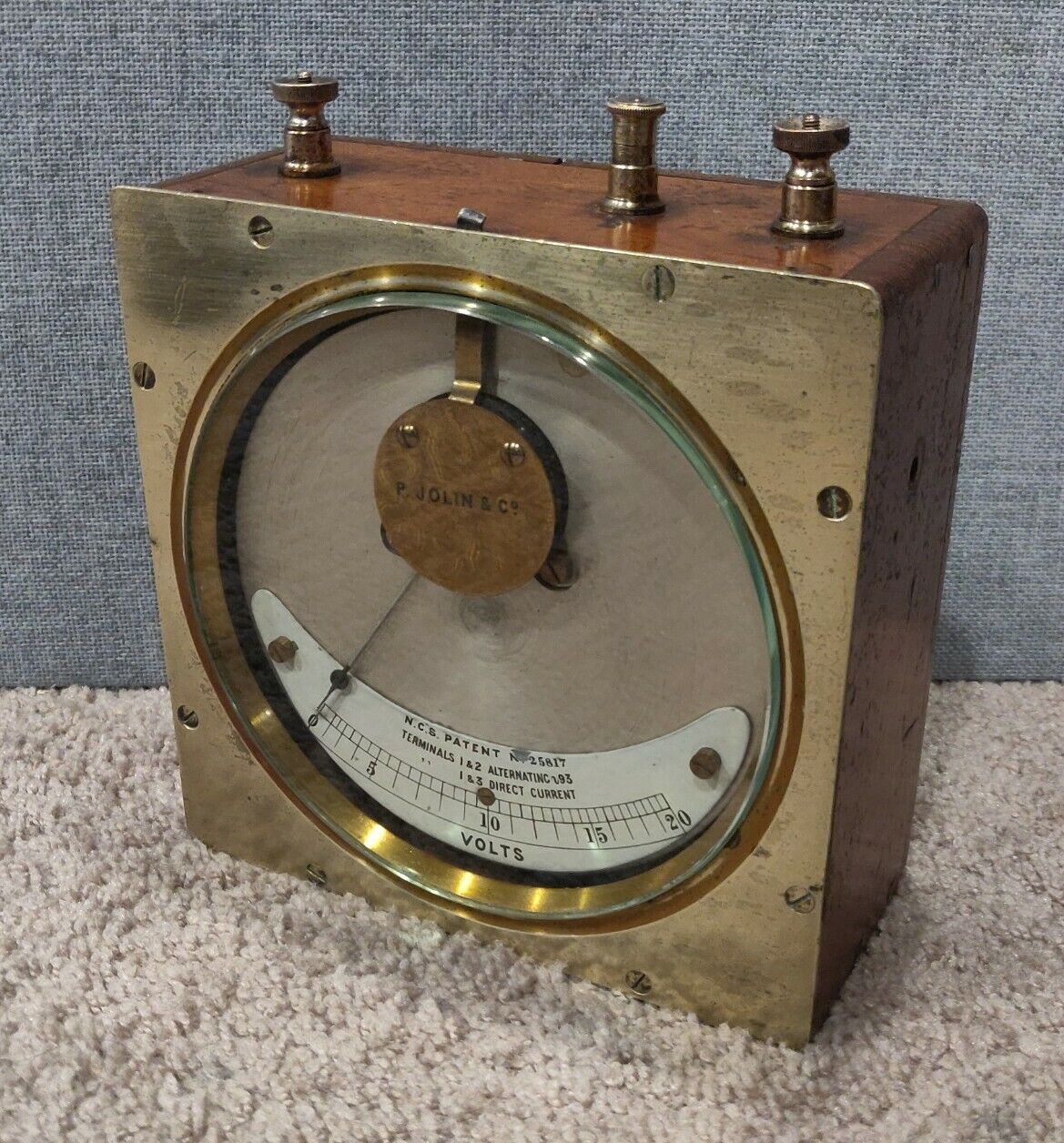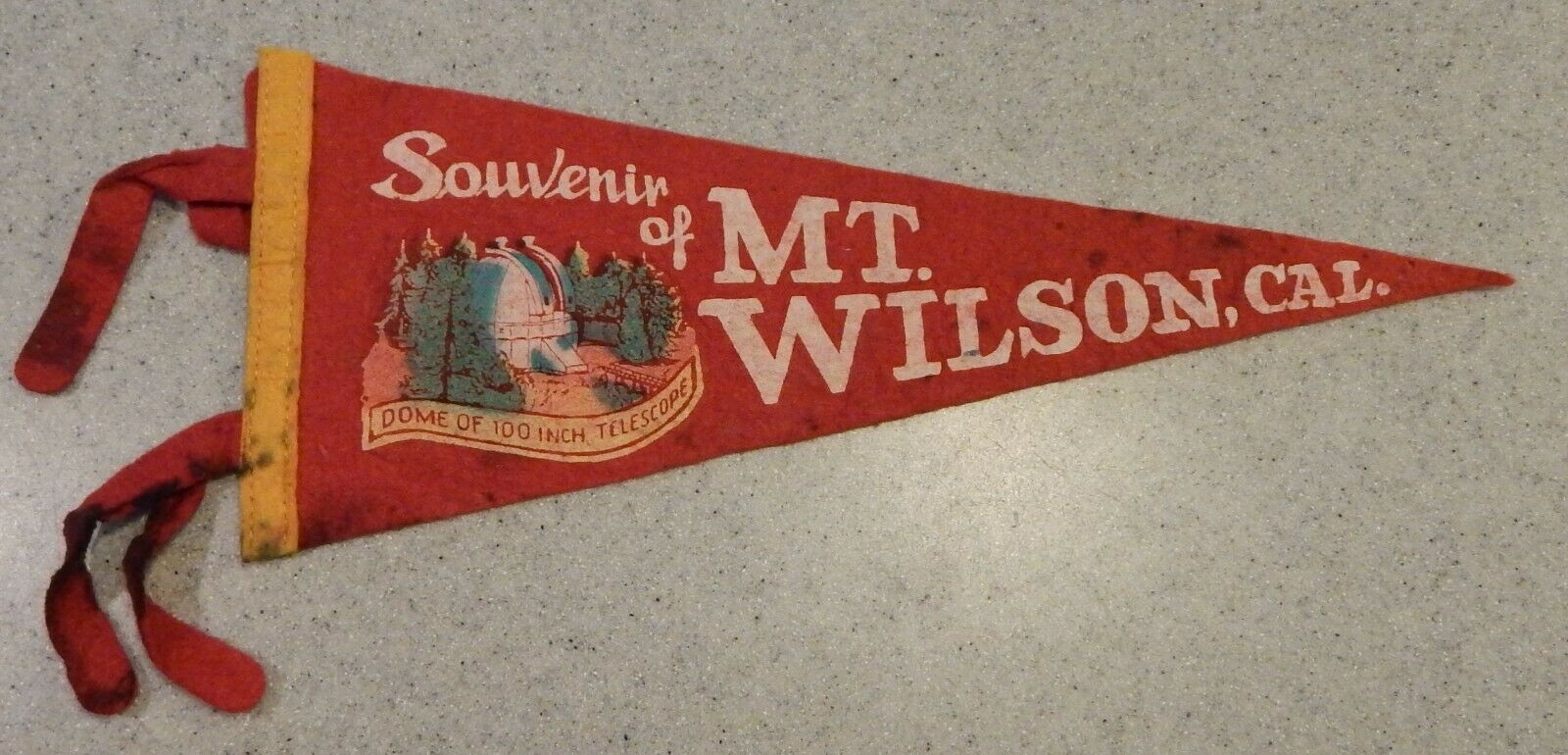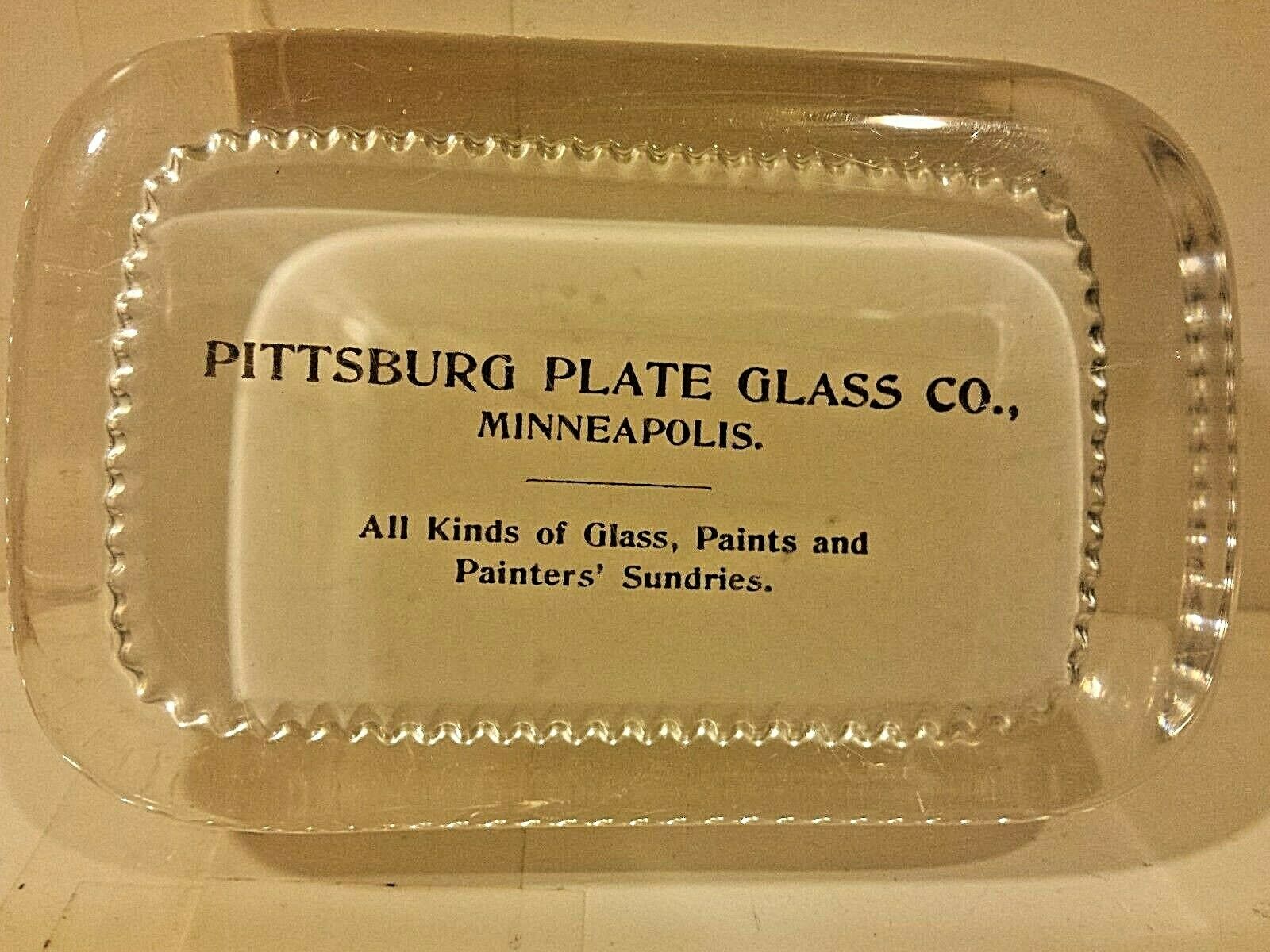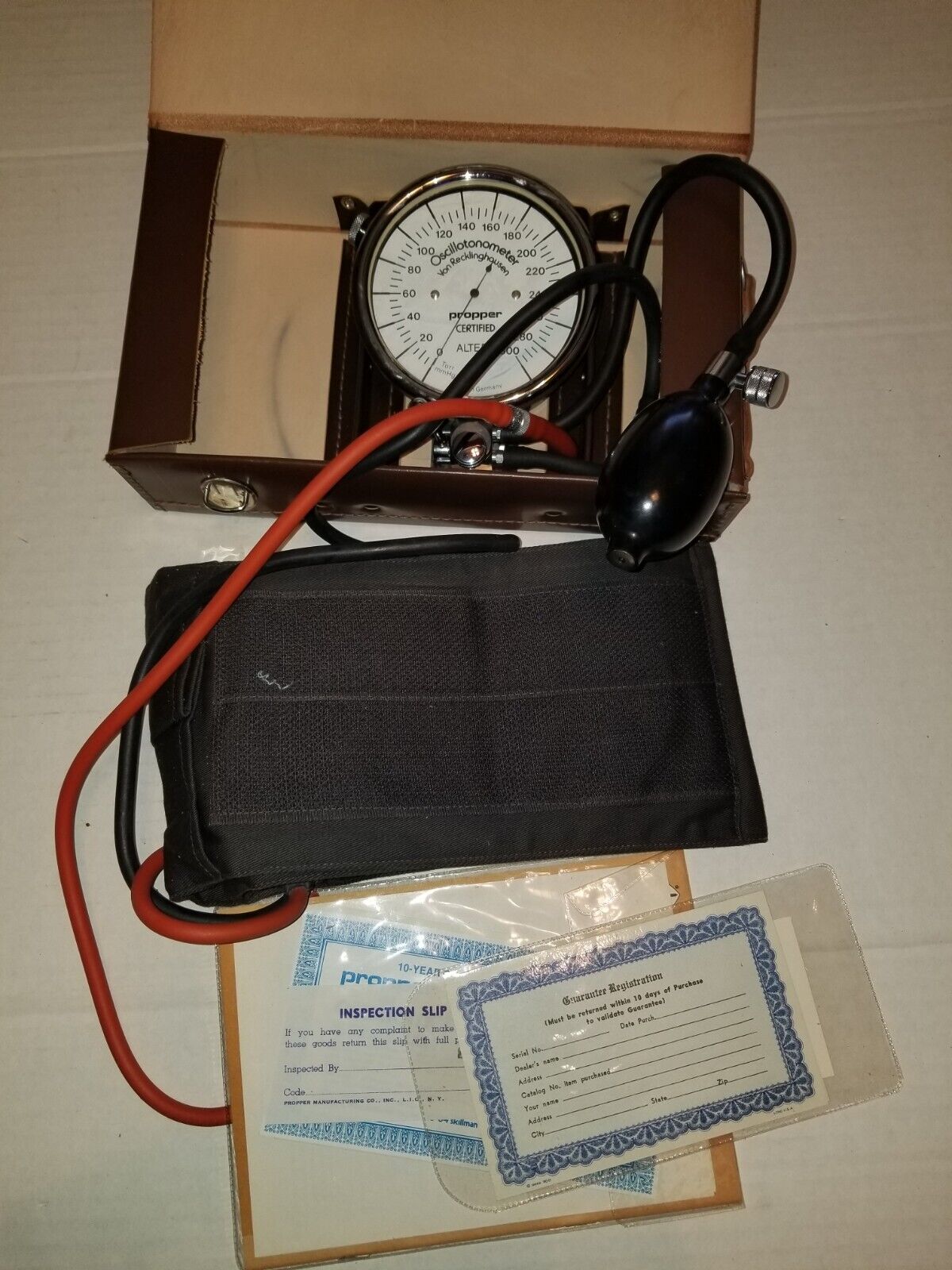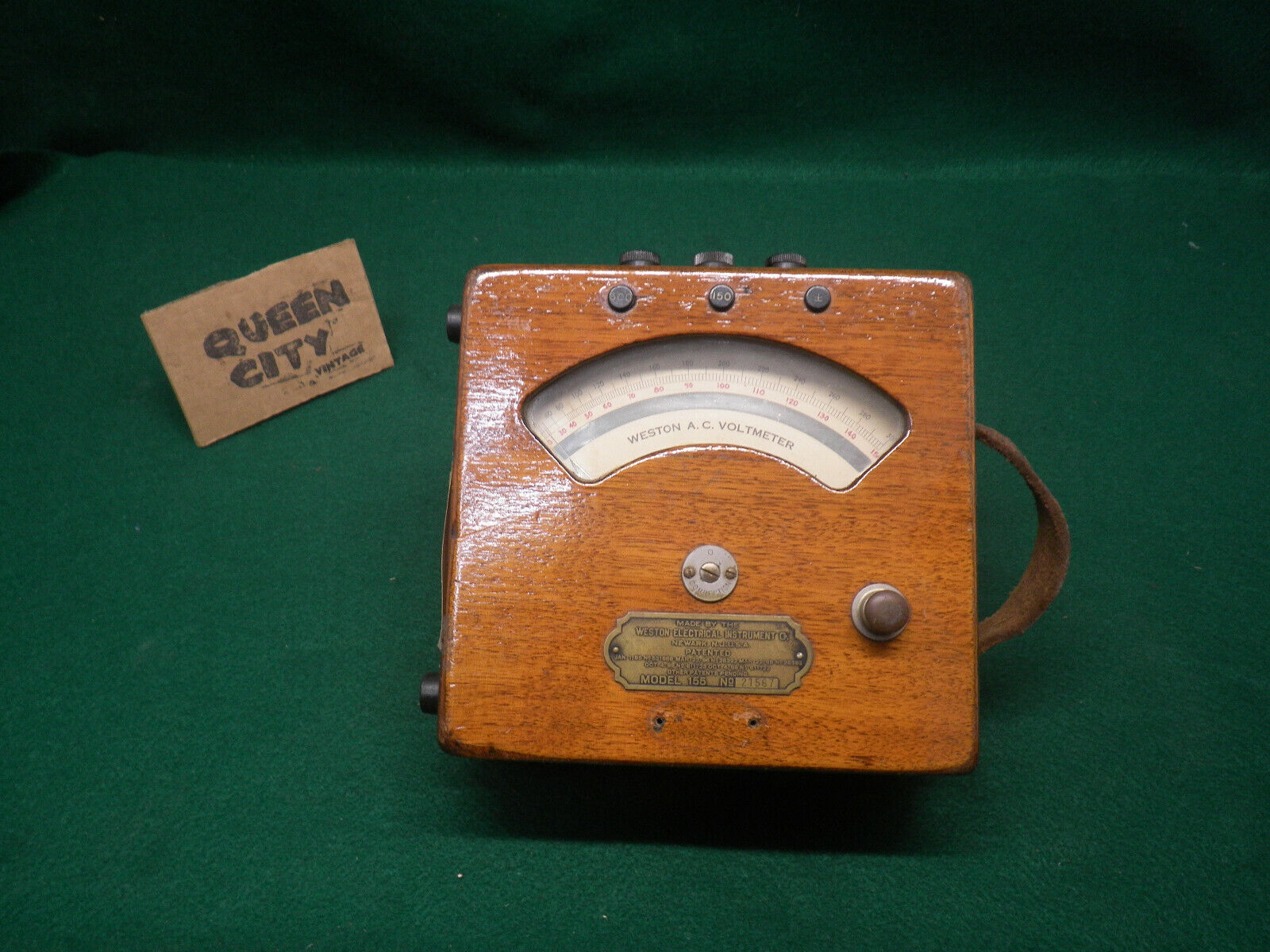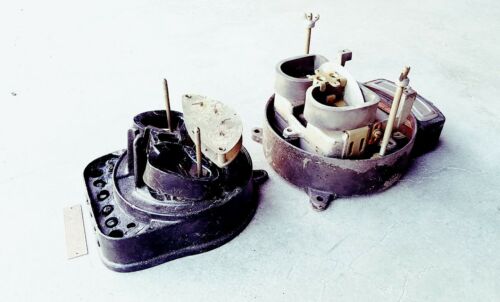-40%
Late C19th Indian Bronze Universal Equinoctial Ring Traveller's Sundial Sanskrit
$ 844.8
- Description
- Size Guide
Description
Original, late nineteenth century, bronze equinoctial ring dial, inscribed in sanskrit. Jaipur, India. Diameter 7.1 inches.Universal equinoctial ring dials, often highly elegant and ornate, are a common sight in European scientific instrument collections. A type of portable sundial developed in early seventeenth-century Europe, they can be employed to tell the local time at any known latitude. This dial is similar to specimens in museum collections around the world that challenge the traditional historiography of scientific instruments: Inscribed in Sanskrit with letters and numerals denoting indigenous Indian astrological signs and units of time, they were produced in late nineteenth-century Jaipur, long after clocks and watches became common and sundials supposedly ‘obsolete’.
Rather than having been used as timekeeping devices, these instruments were likely used either as pedagogical instruments to teach astrology and/or astronomy, possibly similarly to British-made dials, such as the Newman dial. Alternately, they may have been produced as ornamental souvenirs for Victorian British tourists who used objects they perceived as ‘authentic’, to reinforce their own constructed narrative of an exotic, antiquated astronomical tradition in South Asia.
Their mixed provenance—made in Jaipur by indigenous artisans, but featuring contributory elements of the astral traditions of both India and Europe—means they belie simple classification as either European or indigenous Indian instruments, or as ‘old’ or ‘obsolete’ devices.
See Whipple Museum of the History of Science collection, University of Cambridge, U.K., for an almost identical example.
This informaion comes from research for MPhil studies by Francis Newman.
Shipping from Chile by EMS Courier post, . This is an approx 10 day service. Items can be combined for shipping.
This is a very nice stick barometer by a little known American maker James Green. Seems to be in good working condition, measures about 39 inches long. I will add some more photos in a couple days.
Postage is .00 if within the US, more If you are outside the US; no charge for careful packing.
NOTE: A kind ebayer tells me I have some of the facts wrong and that this barometer is made in 1890 or later. See below
Nicolas Fortin, an instrument maker in Paris in the early nineteenth century, introduced a mercury barometer with a glass and leather cistern so designed that the barometer could be safely moved from one place to another. James Green began making Fortin-type barometers for the Smithsonian in the 1850s, though with a slightly different design to the cistern. This example marked “HENRY J. GREEN B'KLYN, N.Y.” was made after 1890 James Green's nephew and successor moved to Brooklyn.
Here is some information on the maker James Green:
James Green
1808-1896
James Green, the son of Samuel and Sarah Green
was born in London, England in 1808 and moved to the United States opening an instrument shop in Baltimore around 1832.
He opened a second shop in New York in the early 1840s, and retired in 1885. Mr Green
was in the United States 72 years and in New York City 46 years; he died at New York City June 12, 1896.
B
altimore, Maryland City Directories from 1833-1849 list James Green as a philosophical and mathematical instrument maker.
The Baltimore directories list as follows:
1833 Green, J. & W., optician, 41 South St.
1835-36 Green, James, philosophical instrument maker, 72 Baltimore St.
1837-38 Green, James, philosophical instrument maker, 15 Liberty St.
1840-41 Green, James, mathematical and philosophical instrument maker, 1 S. Liberty St.
1842 Green, James, mathe-sophical instrument maker, 53 South St., advertisement page 15.
1845 Not listed.
However in the index on page 6, under mathematical instruments is James Green, listed as an advertiser.
1847-50 same listing as 1840-41.
1851 directory F. W. & R. King advertise as successors to James Green.
1876 directory Edward Meister advertises as successor to F. W. & R. King.
James Green of Baltimore who sold his business there in 1850 to F. W. & R. King came to New York in 1850 and continued to manufacture mathematical and philosophical instruments.
New York City Directories from 1850-1889 list James Green as an Optician, Importer and Manufacturer of mathematical and philosophical instruments
as follows:
1849-50 to 1889 Green, James, Optician, Importer and Manufacturer of mathematical and philosophical instruments.
The Federal Census of New York City, Ward 23, for 1880 lists James Green as 72 years old born in England.
